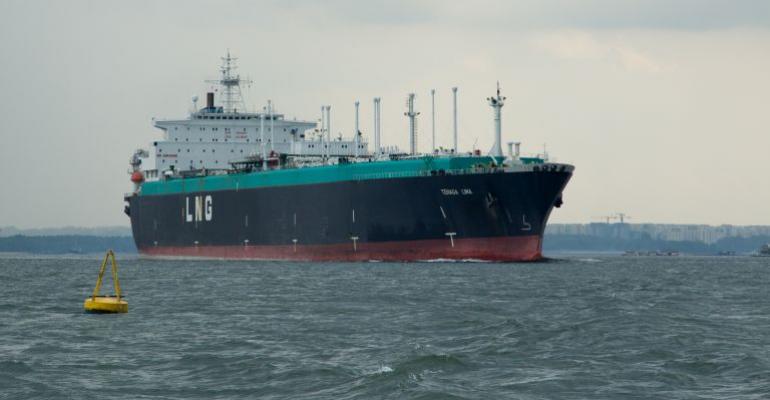Writing in the classification society’s latest issues of ‘Horizons’, Mitrou points out that the world consumed a record of more than eight billion tonnes of coal in 2022. This was a result of widespread energy disruption and notably the replacement of piped gas into Europe with higher imports by sea, notably from the US.
This, in turn, drove developing countries back to coal for pricing reasons. “Who can blame them for turning back to coal, the most abundant but climate-unfriendly hydrocarbon, because it was readily available and cheap,” he asks.
Although LNG has approximately twice the calorific value of coal by mass, its global trade accounts for only about a tenth of that of coal. Even with the many LNG projects that are currently under development, said Mitrou, LNG will not provide the energy growth that the planet needs.
In addition to major expansion in Australia, Qatar, and the US, there are new LNG trains at various stages of planning and development in countries including Canada, Mozambique, Nigeria, Senegal, Tanzania, and the UAE. Large volumes will be exported by sea, creating substantial demand for new LNG carriers, Mitrou predicts.
According to Clarkson figures, today’s record orderbook of around 330 LNG carriers is equivalent to about 51% of existing fleet capacity. But apart from the odd slot here or there, the world’s LNG-capable shipbuilders are full until 2027. A recent order by Chevon will see two LNG carriers delivering from Samsung Heavy Industries in 2028, five years from now.
However, despite the massive orderbook, Mitrou insists that the world needs “many hundreds, probably thousands more LNG carriers than we have today”. Inelastic yard capacity is a major constraint, he writes, and in the short term, there is little that can be done. LNG carriers are extremely complex to build and barriers to entry are high.
Turning to the existing fleet, Mitrou declares that all of today’s ships are needed, even the 240 least efficient steam turbine vessels which do not have boil-off management systems and must therefore emit methane directly to air. “When this is included in carbon intensity assessments from 2026, they are likely to become non-compliant performers in the IMO’s lowest carbon intensity category,” he says.
However, Mitrou declares that these steamers should not be decommissioned because, even taking into account methane emissions, each cargo shipped by one LNG carrier saves about 50% of the carbon generated by using coal to supply the same amount of energy.
The gas guru concludes with a call for action. “We must, without delay, upscale the entire gas supply chain – not only LNG, but LPG, ammonia, and carbon dioxide. Retrofit packages are needed to improve efficiency, install reliquefaction systems, or methane to hydrogen cracking and above all methane emissions across the entire fleet …only then can our industry say we have done as much as possible to ensure that the world’s LNG fleet is not a brake on the world’s energy transition.”
Copyright © 2024. All rights reserved. Seatrade, a trading name of Informa Markets (UK) Limited.
Add Seatrade Maritime News to your Google News feed.  |

